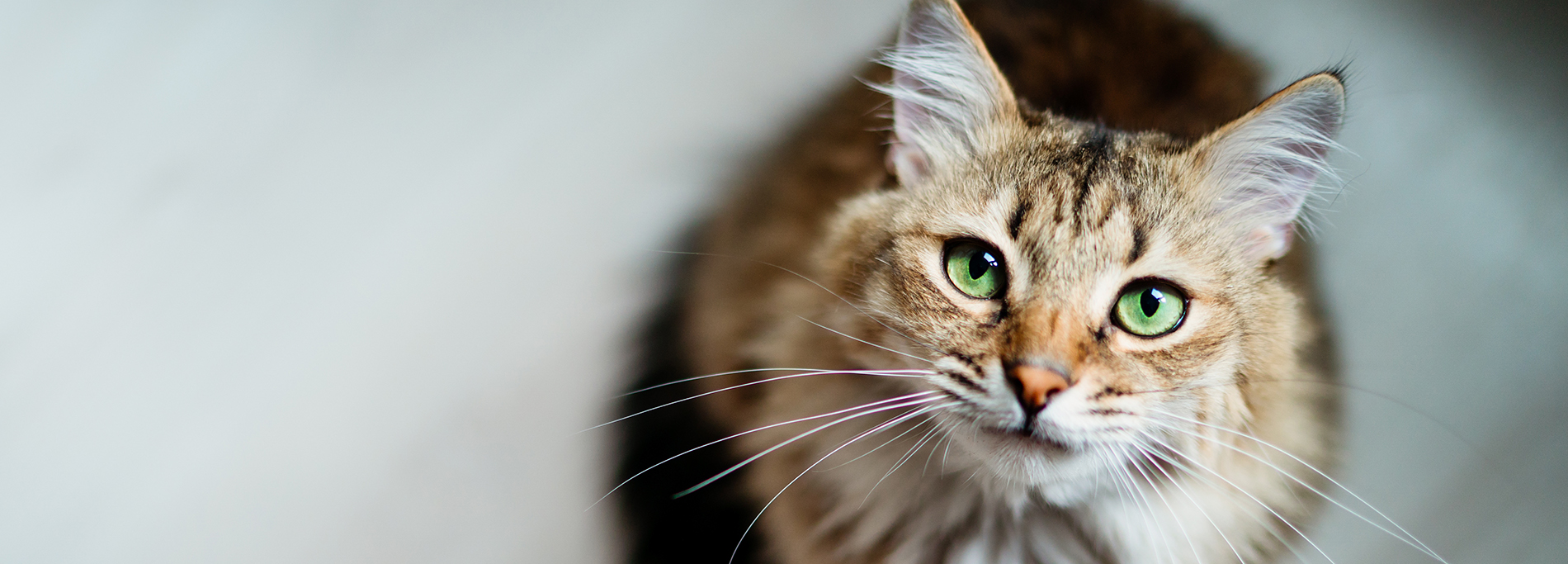
How to switch a kibble-loving cat to moist foods
Dry food is convenient and easy to serve, but increasing evidence shows that cats who eat only dry food are more likely to suffer from obesity, diabetes, kidney problems, and urinary blockages. To remedy this, many veterinarians recommend a diet high in both meat and moisture, notably canned or raw food.
Cats make their eating decisions with their noses, and the strong-smelling flavor enhancers added to dry foods can spoil their appreciation for milder smelling canned or raw foods. This can be overcome with these two steps:
1. Pick up the old food at night and introduce a new food the next morning.
A cat who is free-fed and thus never hungry has little biological incentive to try something new, especially if it doesn’t smell like the food they’re used to or if it’s a different texture. So, after the evening meal, remove all remnants of food, wash the dish and leave the feeding area clean. The next morning, introduce a small amount of canned or raw food. Use a flat dish, not a bowl, for easier access and to avoid pushing on their sensitive whiskers.
2. Begin the transition with a strong-smelling moist food.
Canned food is more aromatic than raw, so it’s easier to begin there. Several brands, textures, and flavors may need to be tried, as minor differences in ingredients can make a big difference to a cat’s palate. Once wet food acceptance is established, try mixing in different meat sources to avoid a diet of exclusively one type of meat.
Additional transitioning tips
These two steps alone work for most cats. But if they don’t work for your kitty, here are some advanced techniques:
• Sprinkle chicken or salmon treats on top of the canned or raw
• Add some warm water to create a “gravy” that cats can lap up
• Crush some dry food and sprinkle it on top of the canned or raw
• Add 3 granules of salt
• Offer a little canned food alongside their dry
• Add the juice from a can of your favorite tuna
• Add a little crushed freeze-dried chicken on top of canned food
Success will vary based on many factors…How long has your cat been eating dry food? Has your cat ever experienced canned food? Sometimes the texture of the food will influence success, sometimes flavor, sometimes brand, so you will need to experiment. The transition can happen overnight or may take days or even weeks, but it can be done!

